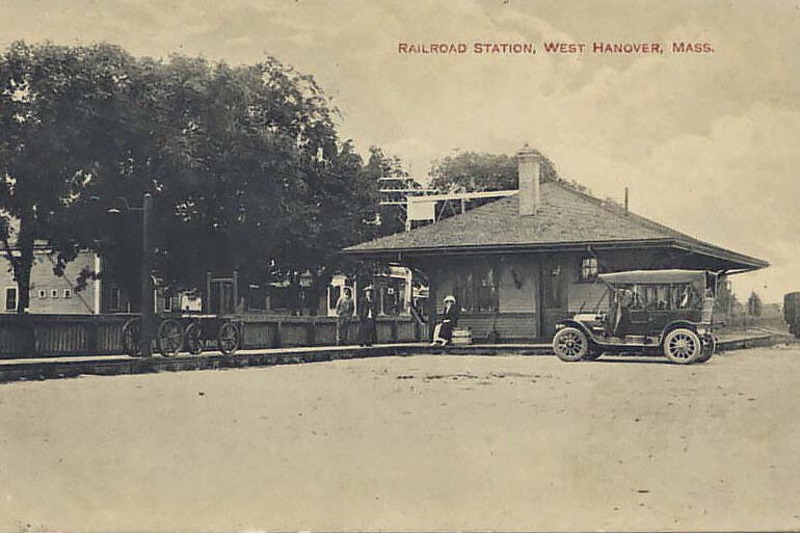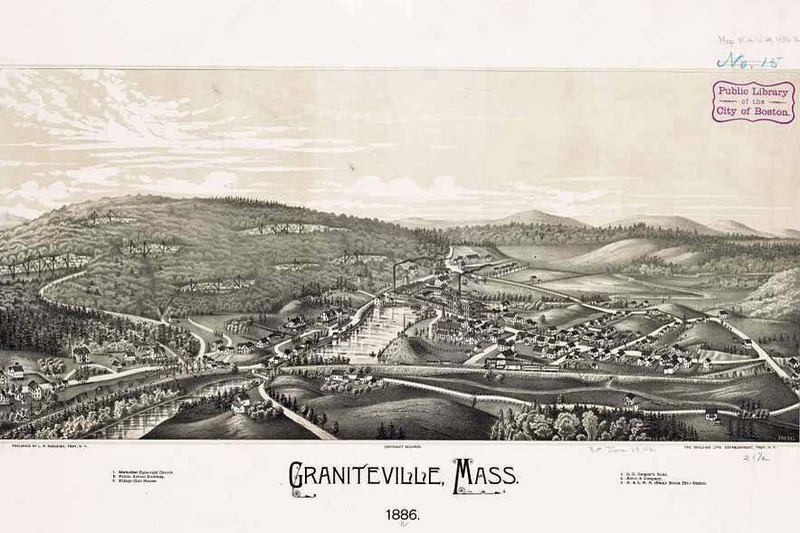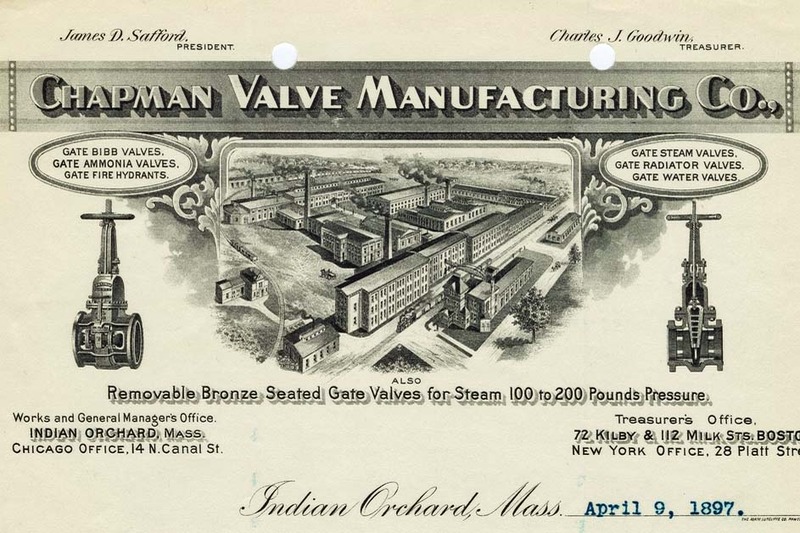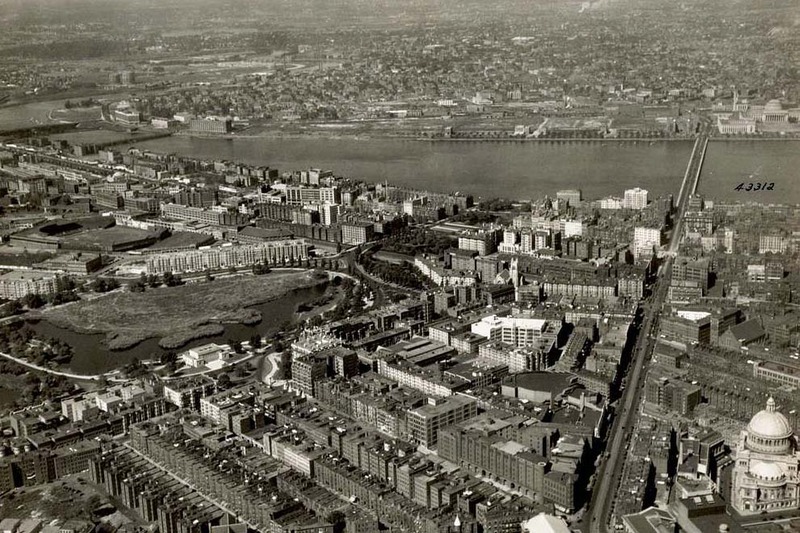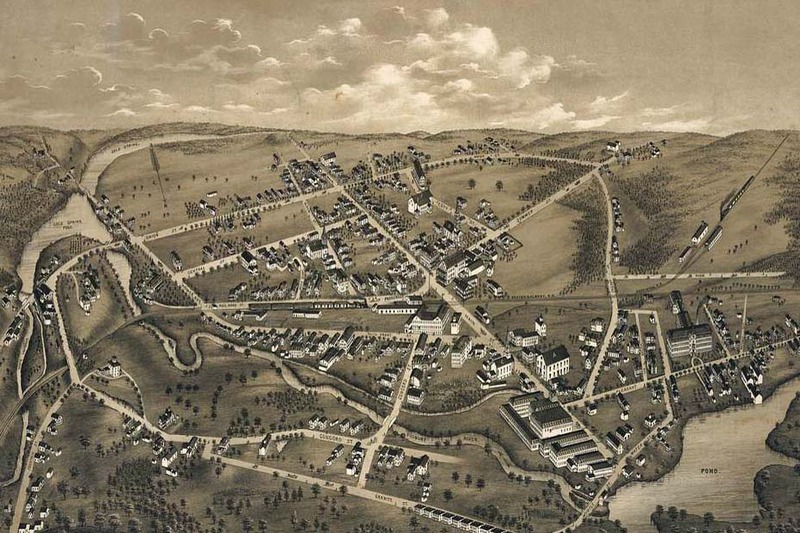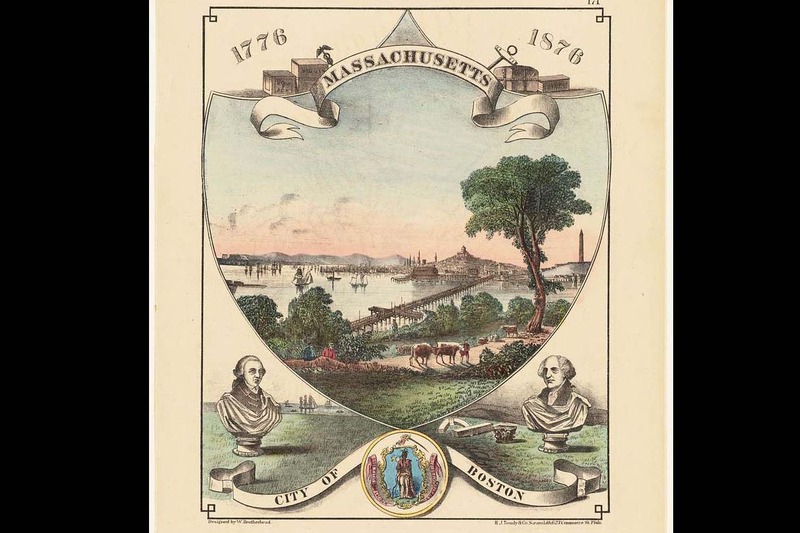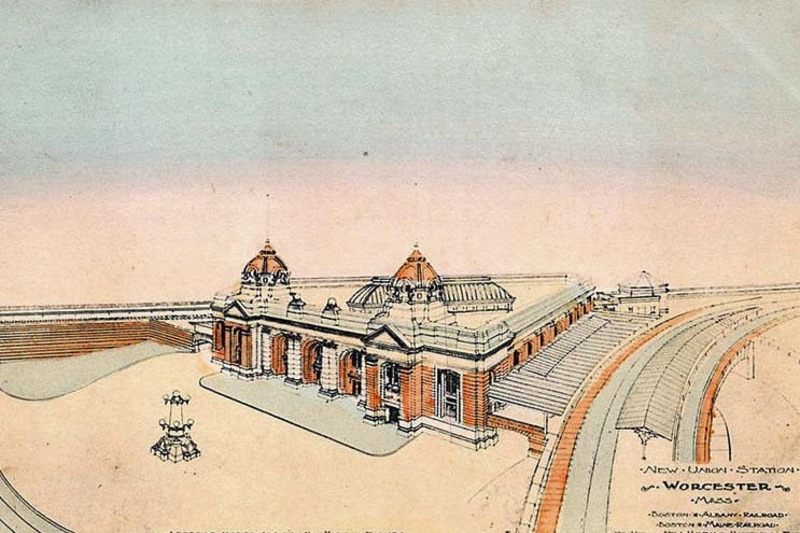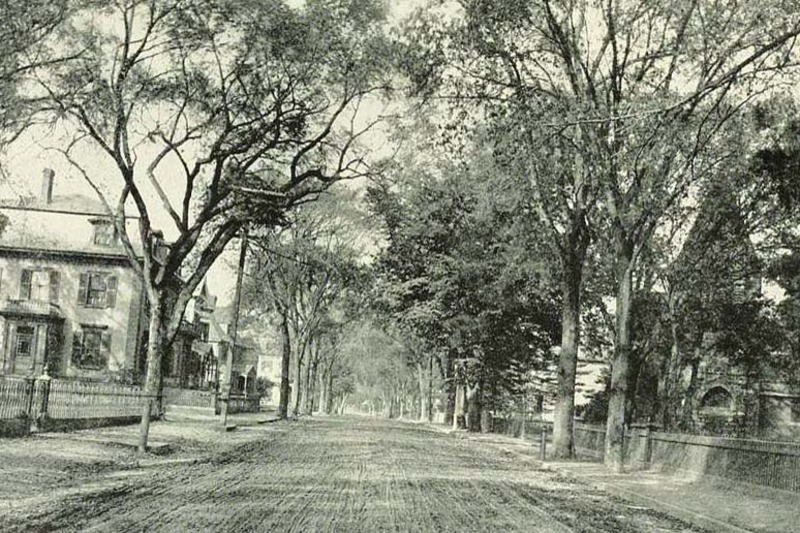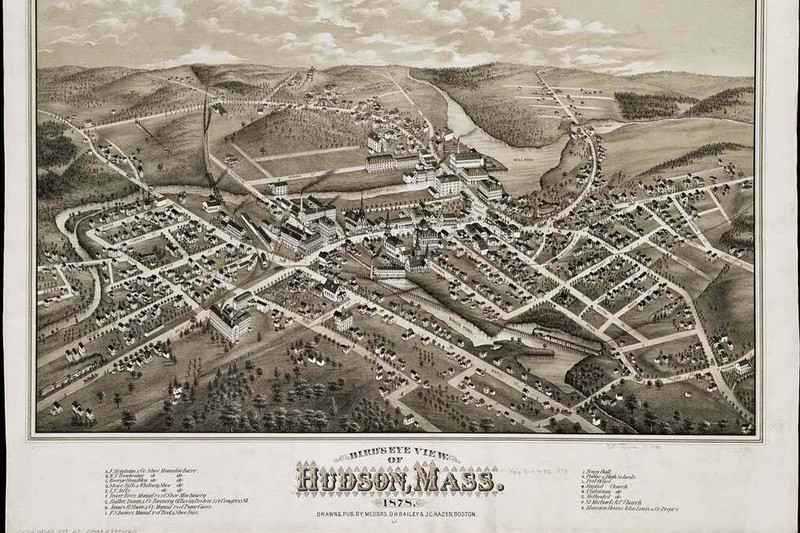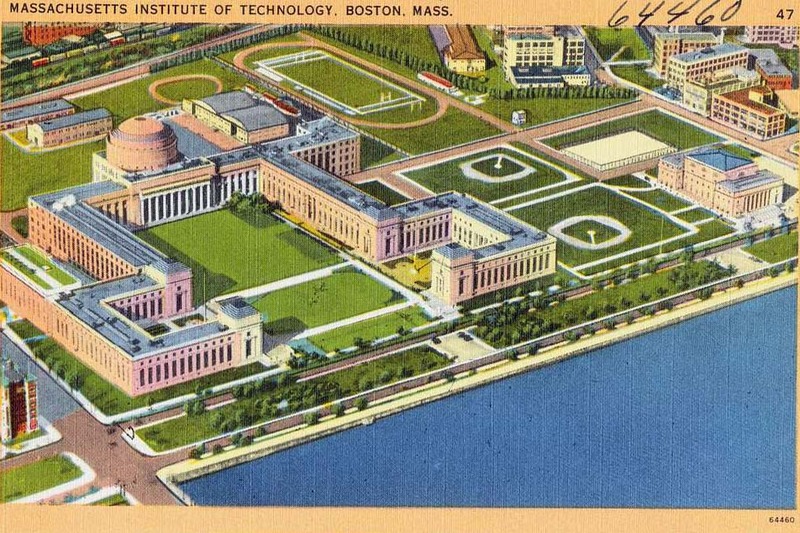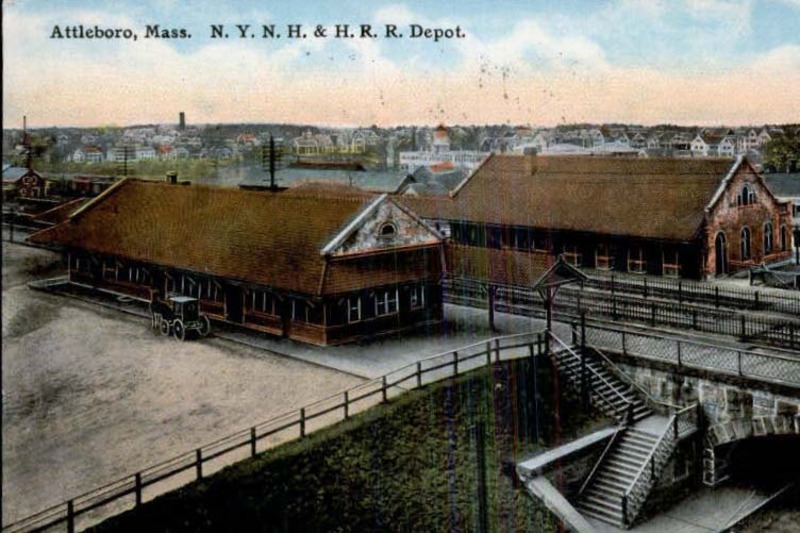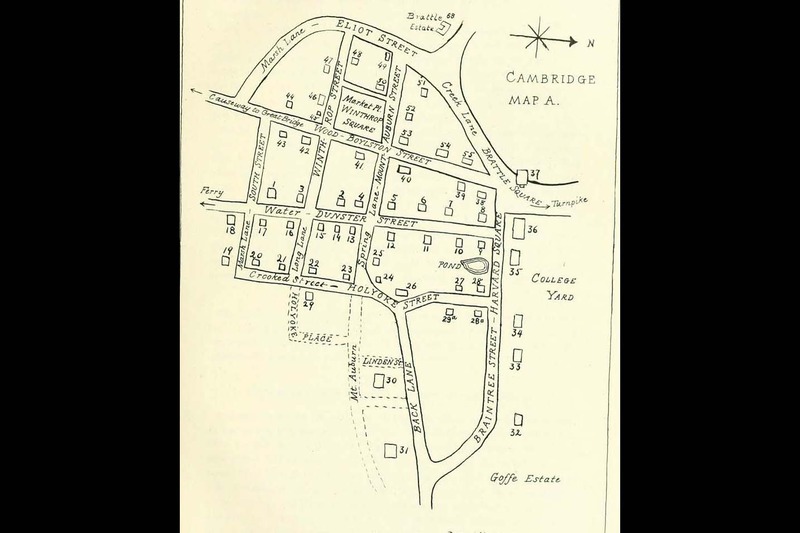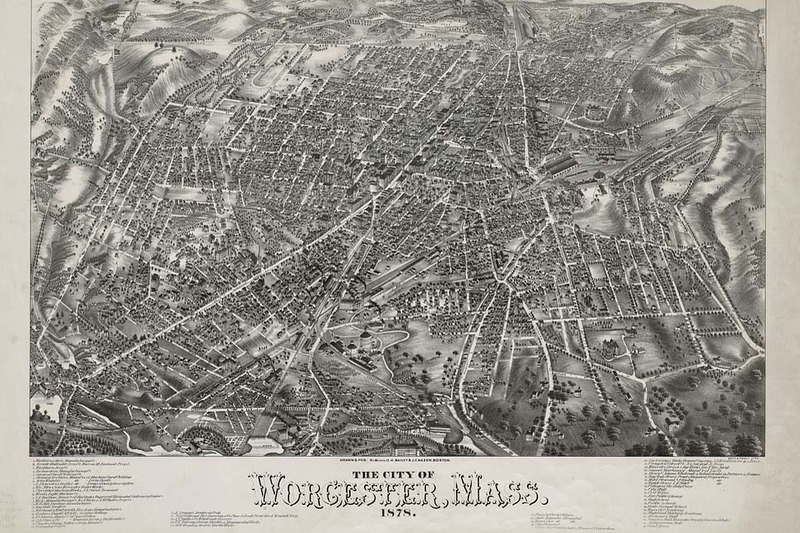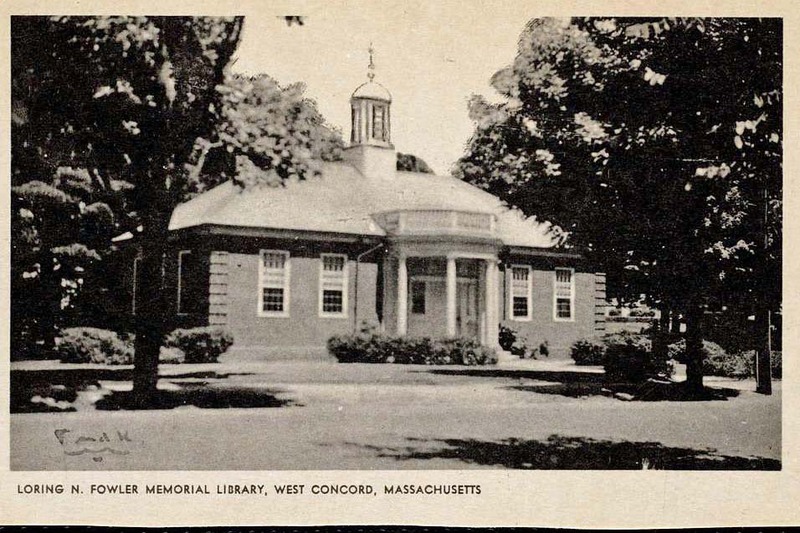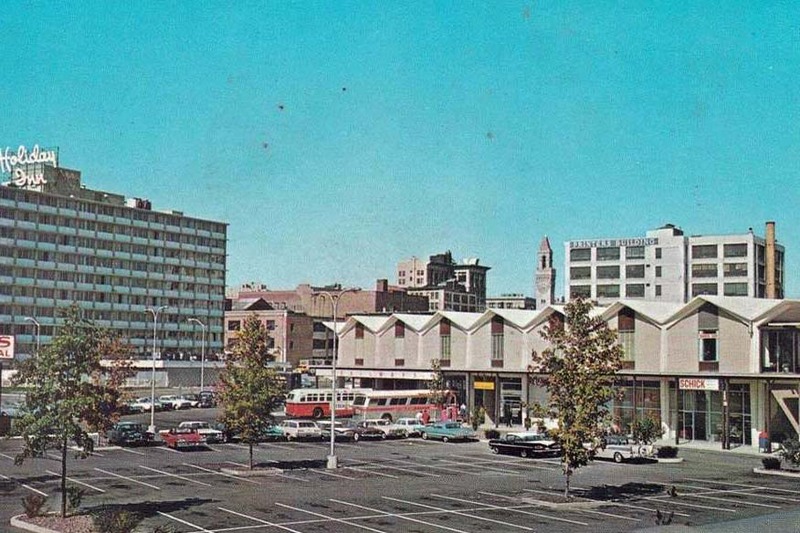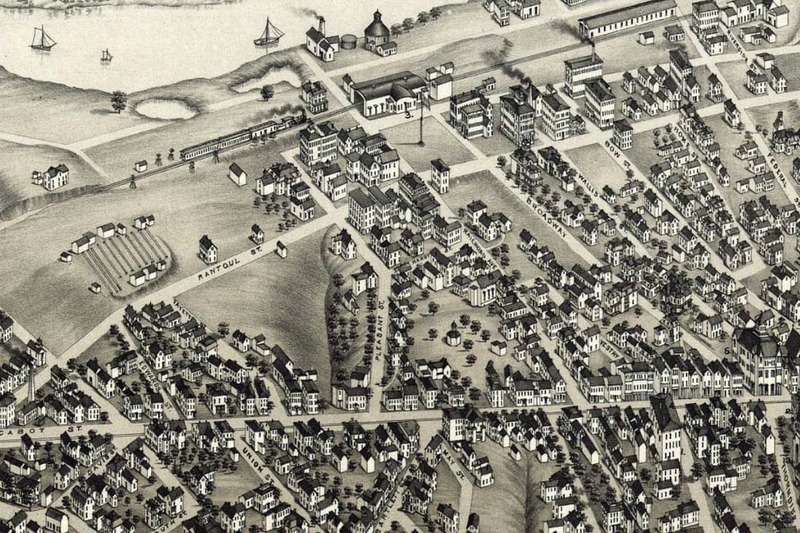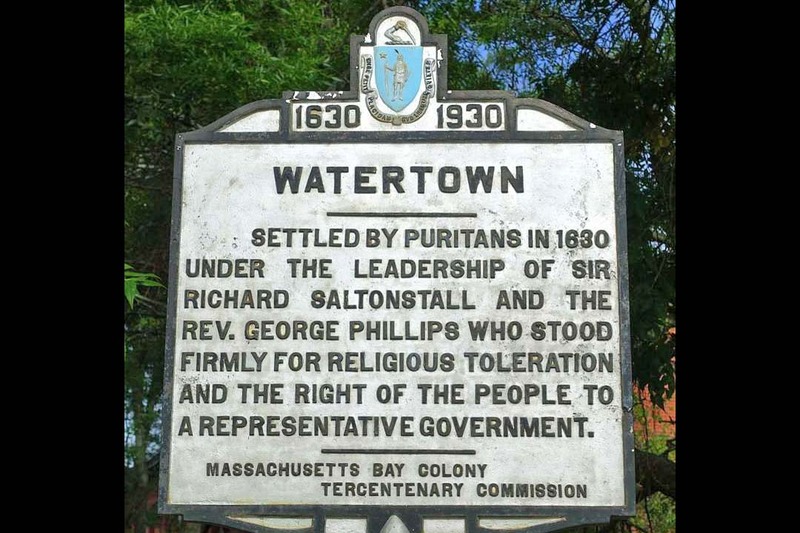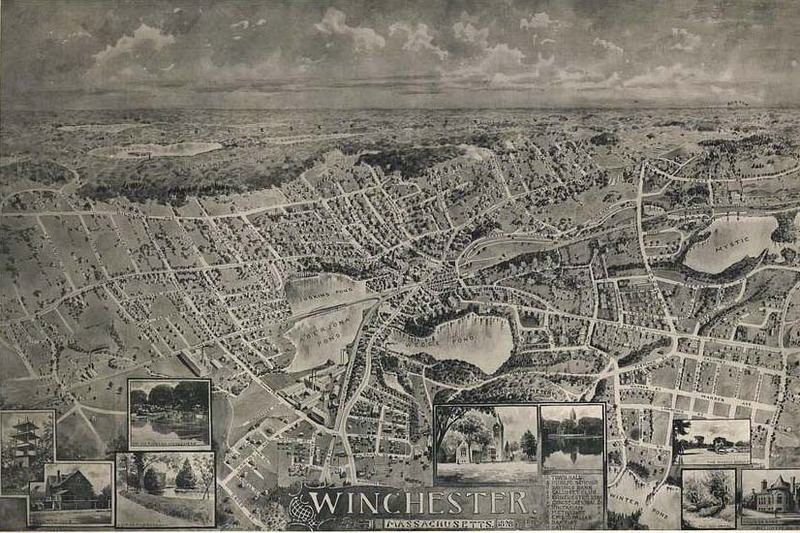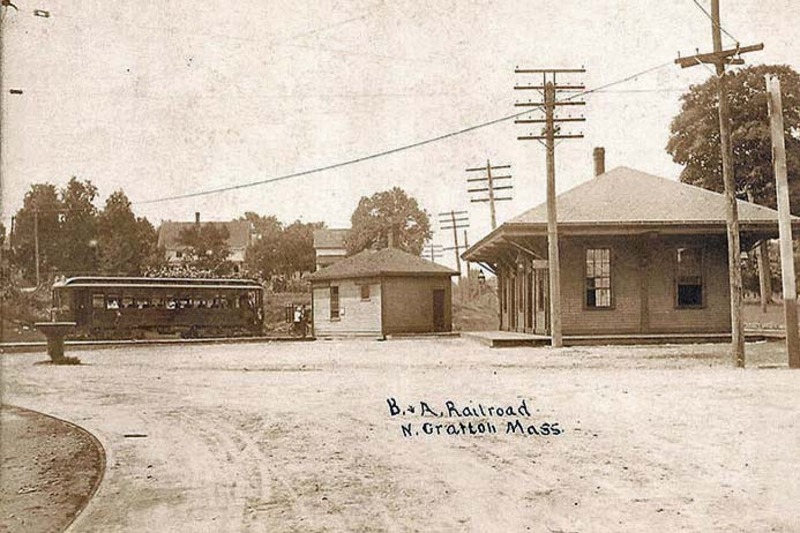EEOICPA Statistics for Claimants Living in Massachusetts
DOL Part B and Part E Statistics
NIOSH Dose Reconstruction Statistics
Massachusetts EEOICPA Facilities
Facility descriptions credit: DOE
Photo Credit: David Mark on Pixabay
American Potash and Chemical Company conducted uranium metal shaping and uranium-magnesium explosive forming studies for Union Carbide Nuclear Corporation, Oak Ridge. The tests done up to May 1961 were performed with 430 stainless steel and uranium metal pieces. Work was also done with green and sintered uranium based powders. The powders were formed in a die into discs approximately 4 1/2 inches in diameter and 1 inch thick.
C.G. Sargents and Sons Company performed extruder and drying oven tests with thorium for National Lead of Ohio (Fernald). It also conducted a uranium sump cake drying test for NLO. These were apparently one-time tests.
Chapman Valve
supplied valves to the MED and the AEC. In 1948,
Chapman Valve machined uranium rods into slugs
for the Brookhaven National Laboratory. Uranium
slugs were used as reactor fuel. Chapman may
also have conducted rolling operations on
uranium metal in 1949. During the 1948 and 1949
time period, the Chapman Valve building located
on Dean Street in Indian Orchard was part of the
Chapman facility and not a distinct and separate
location. Bechtel National, Inc., with
Interstate Nuclear Services and Thermo Nutech as
subcontractors, performed remediation in 1995 as
part of the Formerly Utilized Site Remediation
Action Program (FUSRAP)
During the period of
residual contamination, as designated by the
National Institute for Occupational Safety and
Health and as noted in the dates above,
employees of subsequent owners and operators of
this facility are also covered under the Energy
Employees Occupational Illness Compensation
Program Act.
EG&G was under contract to the AEC during the period from 1950-1953 for "research and development and manufacturing incident to the installation of scientific test instrumentation at AEC test sites; design, manufacture, test, maintenance of operations systems, weapons systems; and participation in weapons test evaluation." It is unclear from the documentation whether any radioactive materials were handled at the Boston location.
In 1967 and 1968, National Lead of Ohio (Fernald) asked Fenwal to conduct tests aimed at determining the capabilities of Fenwal's fire extinguishing equipment for suppressing fires originating in uranium contaminated magnesium. The tests were conducted at Fenwal facilities and involved small amounts of uranium. Some Fenwal employees later traveled to Fernald to service fire suppression equipment.
The Franklin
Institute conducted a study for the Division of
Reactor Development in 1962. No information has
been located on this facility to date.
National Lead of Ohio (Fernald) conducted tests on a drilling machine at the Heald facility. The tests involved drilling a few uranium slugs on the machine which Fernald intended to purchase.
In 1946, the Massachusetts Institute of Technology (MIT) relocated the work it had been performing under Manhattan Engineer District (MED) contracts into the Hood Building as a means of consolidating work with unique health hazards. The MED, and subsequently the Atomic Energy Commission (AEC) owned the Hood Building, which was located adjacent to the MIT campus. Contractors working in the Hood Building performed the same work that was previously performed on MIT's campus, including work with uranium, beryllium and other metals under contract with the MED and AEC. In 1954 Nuclear Metals Inc. was established and took over the work that MIT had been performing in the Hood Building. Those operations continued until October 29, 1958, when the work was relocated again. The Hood Building was subsequently demolished after which the AEC released it to its new owners on July 11, 1963.
National Lead of Ohio (Fernald) conducted a single test involving the use of uranium metal on a broaching machine and an arbor press at the La Pointe Machine Tool Company facility.
The Massachusetts
Institute of Technology (MIT) began experimental
work on producing uranium metal in the spring of
1942 using a process involving melting and
casting. It is this uranium metallurgical work
which took place on the MIT campus by MIT
employees that supports its designation as an
Atomic Weapons Employer (AWE).
MIT is also
designated as a beryllium vendor. MIT's work
with beryllium was known as the "Metallurgical
Project" and started when it entered into a
research and development contract with the
Manhattan Engineer District (MED). The
Metallurgical Project involved studying the
characteristics of beryllium metal and
attempting to make a satisfactory
beryllium-uranium alloy. In addition, beryllium
oxide crucibles were made for use by the MED.
After a number of its employees contracted
beryllium disease, MIT consolidated the
activities described above in an off-campus site
known as the Hood Building, which is a separate
covered facility under the EEOICPA. The
transition to the Hood Building was complete by
the fall of 1946.
Records indicate
that Metals and Controls Corporation fabricated
fuel elements for production reactors, but it is
unclear whether its work related to the nuclear
weapons complex. For example, Metals and
Controls Corporation fabricated uranium foils
for reactor experiments and fuel components,
fabricated complete reactor cores for the Naval
Reactors program, and fabricated uranium fuel
elements for experimental and research reactors.
Records indicate shipments of depleted uranium
between Rocky Flats and M&C during the period
from 1955-1958.
During the period of residual
contamination, as designated by the National
Institute for Occupational Safety and Health and
as noted in the dates above, employees of
subsequent owners and operators of this facility
are also covered under the Energy Employees
Occupational Illness Compensation Program Act.
National Research
had Manhattan Engineer District experience in
working with vacuum centrifugal castings, in
developing jets and baffles for diffusion pumps,
and in developing cold trap systems. National
Research's work with vacuum centrifugal castings
(contract W-7405-eng-293) involved casting
tubealloy (uranium metal) using the "lost wax"
technique. In 1948, National Research did work
for Mallinckrodt involving the vacuum melting of
approximately 500 pounds of uranium.
A
December 1946 letter indicates that National
Research Corp. requested a "leak detector for
use in connection with some special development
work on beryllium." It is not clear whether this
work was ever actually done.
During the
period of residual contamination, as designated
by the National Institute for Occupational
Safety and Health and as noted in the dates
above, employees of subsequent owners and
operators of this facility are also covered
under the Energy Employees Occupational Illness
Compensation Program Act.
Norton manufactured
refractory products from boron, beryllium,
uranium, thorium, and magnesium oxide for the
MED and the AEC.
As early as 1943, Norton was
providing boron to the SAM laboratory. Documents
show that Norton began working with beryllium
for the MED in approximately September 1944 and
that work with beryllium continued through 1956.
Work with thorium and uranium continued through
1957 at Norton's Worcester location.
Norton
continued to manufacture refractory products
until at least 1965 for the AEC weapons complex,
including Rocky Flats, Hanford and Y-12.
However, after 1957 these contracts specified
that the refractory products were to be made out
of magnesium oxide. Since magnesium oxide is not
radioactive, Norton's work with it does not
qualify it as an Atomic Weapons Employer for
these years.
During the period of residual
contamination, as designated by the National
Institute for Occupational Safety and Health and
as noted in the dates above, employees of
subsequent owners and operators of this facility
are also covered under the Energy Employees
Occupational Illness Compensation Program Act.
Nuclear Metals, Inc.
was incorporated in 1954 as a DOE contractor to
take over the research and development work
previously performed by MIT's Metallurgical
Laboratory. The work performed by Nuclear
Metals, Inc. employees during this period is
covered under EEOICPA under a separate facility
listing. (See the Hood Building.) However, on
October 29, 1958, the company moved from the
Hood Building to their new West Concord
location, and that is the location described in
this listing.
In 1958, Nuclear Metals began
operating as an AWE facility that produced
depleted uranium products, primarily as
penetrators for armor-piercing ammunition. It
also supplied copper-plated uranium billets that
were used to fuel Savannah River's production
reactors. Other work at this facility included
the manufacture of metal powders for medical
applications, photocopiers and other
applications. Thorium and thorium oxide were
also handled at the site under license to the
NRC.
During the period from 1962-1986,
Nuclear Metals was the sole source supplier for
beryllium alloy end closure fuel element rings
used in the “N” Reactor in Richland.
During
the period of residual contamination, as
designated by the National Institute for
Occupational Safety and Health and as noted in
the dates above, employees of subsequent owners
and operators of this facility are also covered
under the Energy Employees Occupational Illness
Compensation Program Act.
The Franklin
Institute conducted a study for the Division of
Reactor Development in 1962. No information has
been located on this facility to date.
From 1942 to 1948,
Metal Hydrides Corp. was under contract to the
Manhattan Engineer District and the Atomic
Energy Commission to convert uranium oxide to
uranium metal powder. This work, as well as
later operations to recover uranium from scrap
and turnings from a fuel fabrication plant at
Hanford, was conducted at a foundry at the site.
During this period, Metal Hydrides was the AEC's
primary uranium scrap recovery contractor.
Cleanup activities at this location included the
removal of an underground storage tank in 1986.
Further remediation was performed between May
1996 and August 1997 by Bechtel National Inc.
and a number of local subcontractors as part of
the Formerly Utilized Site Remediation Action
Program (FUSRAP).
The plant is currently owed
by the Ventron Division of Morton International.
During the period of residual contamination, as
designated by the National Institute for
Occupational Safety and Health and as noted in
the dates above, employees of subsequent owners
and operators of this facility are also covered
under the Energy Employees Occupational Illness
Compensation Program Act.
Watertown Arsenal is
no longer a covered EEOICPA facility.
Building 421 at the Watertown Arsenal,
Watertown, MA was leased by the AEC for use
under AEC contract #AT(30-1)-956. Work at this
location was a continuation of the work begun in
1946 by the Massachusetts Institute of
Technology on methods of extraction of uranium
and thorium from ore and to prepare metal grade
uranium tetrafluoride. This work continued at
the Watertown Arsenal until October 1952, when
it was transferred to the Winchester Engineering
and Analytical Facility. After this work was
transferred to the Winchester Facility, the AEC
contracted with National Lead of Ohio (NLO) to
perform work in building 421 of the Arsenal
involving reducing hollow uranium tubes by the
Hamiroll Swaging Process.
The U.S. Army
performed work involving depleted uranium in
buildings 34 and 41 of the Watertown Arsenal.
This work did not involve the AEC and is not
covered under EEOICPA.
The Winchester Engineering and Analytical Center, built in 1952 under sponsorship of the AEC, was used to continue development of methods for extraction of uranium and thorium form ore and to prepare metal grade uranium tetrafluoride. Massachusetts Institute of Technology (MIT) began the work in 1946 at Cambridge, MA and continued the work after it was transferred later that year to Watertown Arsenal, Watertown, MA. American Cyanamid Company succeeded MIT in operating the project at Watertown Arsenal from 1951 until October 1952, when it was transferred to the Winchester Facility. In 1954, National Lead Company, Inc. took over operations under AEC contract AT(49-6)-924. Beginning in 1959, facility use shifted to laboratory testing of environmental analysis methods pertaining to uranium waste. In 1961, the work was discontinued, and the facility was transferred to the Department of Health, Education and Welfare (HEW) for use as a low-level environmental radiation surveillance laboratory and for analysis of radiopharmaceuticals. The facility is now run by the Food and Drug Administration.
Wyman-Gordon supplied beryllium powder forgings and beryllium blanks to the Rocky Flats plant and beryllium metal and parts to the Y-12 plant.
